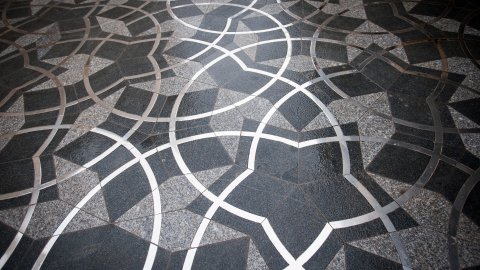15:00
Algebraic Codes for Public Key Cryptography
Abstract
We present McEliece encryption scheme and some well-known proposals based on various families of error correcting codes. We introduce several methods for cryptanalysis in order to study the security of the presented proposals.



